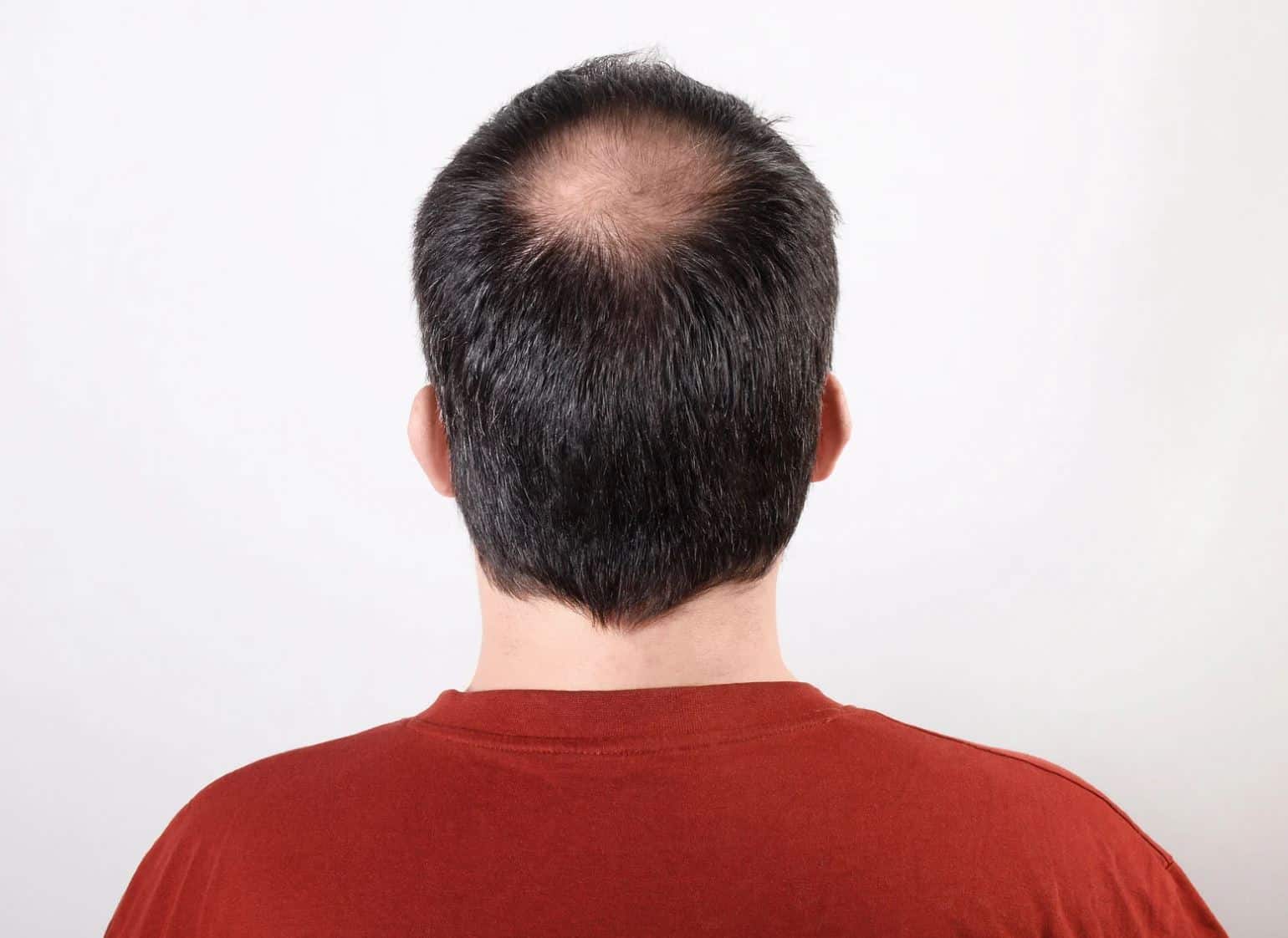Hair transplant surgery can sometimes leave unsightly scars on the scalp. Fortunately, you can hide the lateral scarring after FUT with a tattooing technique called Scalp Micropigmentation, or SMP.
This article will show you how SMP works and its effect on your hair.
Let’s get right into it.
Scalp Micropigmentation Defined
Scalp micropigmentation is a non-surgical solution for men and women experiencing hair loss and baldness. It is a cosmetic tattooing technique that recreates the appearance of thicker hair.
SMP creates an undetectable illusion of thicker, fuller hair. The tattoo mimics the natural hair follicles and hair color. People who have had lateral scarring after a hair transplant can hide the scar with scalp micropigmentation.
How Does Scalp Micropigmentation Work?
It is a somewhat similar concept to traditional tattooing or permanent cosmetic procedures. However, some significant differences make SMP distinct and ideal for the scalp. The objective is to imitate the presence of shaved hair follicles or stubble.
The pigments and tools used in SMP are more sophisticated than traditional tattooing. With a measurement resembling a single follicular unit, it leaves very minute impressions on the scalp. This treatment aims to give patients the vibe of a short buzz cut on a full head of hair.
Is Hair Pigmentation Permanent?
One of the significant advantages of scalp micropigmentation (SMP) is its permanence. SMP is considered a semi-permanent solution for hair loss, which means that the results are long-lasting, typically lasting several years.
The pigments used in SMP are specifically formulated to maintain their color over time, and they are designed to mimic the natural appearance of hair follicles.
However, it’s essential to understand that SMP is not entirely permanent, as the pigments may fade gradually over the years. The longevity of your SMP results can be influenced by factors such as your skin type, exposure to UV radiation, and lifestyle habits.
To maintain the desired look, many individuals opt for touch-up sessions every few years. These touch-ups ensure that your SMP continues to appear natural and vibrant, making it a fantastic, low-maintenance solution for hair loss.
Does Scalp Micropigmentation Hurt?
Scalp micropigmentation (SMP) is a non-invasive procedure that uses tiny microneedles to deposit pigment into the scalp, creating the appearance of hair follicles. It is a popular choice for people who are experiencing hair loss, as it can provide a natural-looking and permanent solution.
One of the most common questions people have about SMP is whether it hurts. The good news is that SMP is generally less painful than getting a tattoo. This is because the needles used are much smaller and shallower, and the practitioner will apply a numbing cream to the scalp before beginning the procedure.
However, it is important to note that everyone experiences pain differently. Some people may feel only minor discomfort during SMP, while others may find it more painful. The amount of pain you experience will also depend on the size of the area being treated and the sensitivity of your scalp.
Overall, SMP is a safe and effective procedure with minimal pain. If you are considering SMP, be sure to talk to a qualified practitioner to learn more about what to expect and to discuss your pain concerns.
Benefits of Scalp Micropigmentation
Scalp micropigmentation is recommended for people who have gone through hair transplantation procedures such as FUE or FUT. The primary effect of micropigmentation is the illusion of naturally thicker hair. It is a brilliant method for adding density to existing hair.
Take a look at the following benefits of SMP:
- It hides the scar from a FUT surgery.
- Hair in balding areas will appear denser and thicker.
- It’s the perfect alternative for those who don’t want hair surgery.
Scalp Micropigmentation Side Effects
The most common side effects of SMP include:
- Redness, swelling, and tenderness: This is normal after any tattooing procedure and should subside within a few days.
- Itchiness: This is also common and should subside as the scalp heals.
- Swelling of the lymph nodes: This is a normal response to the introduction of a foreign substance into the body and should subside within a few days.
- Allergic reaction to the pigment: This is rare, but it can happen. If you experience any signs of an allergic reaction, such as hives, swelling, or difficulty breathing, seek medical attention immediately.
- Infection: This is also rare, but it can happen if the practitioner does not use sterile equipment or if the client does not follow the aftercare instructions carefully. If you experience any signs of an infection, such as redness, swelling, pus, or fever, seek medical attention immediately.
In addition to these common side effects, there are a few other potential risks associated with SMP, including:
- Unnatural appearance: If the practitioner is not experienced or if they do not use the correct pigment color, the results of SMP may look unnatural.
- Scarring: In rare cases, SMP can cause scarring.
- Fading: The pigment used in SMP will fade over time, so touch-up procedures will be necessary every few years.
Get SMP treatment from Shapiro Medical Group.
Shapiro Medical Group is one of only a handful of highly qualified cosmetic surgeons to provide Scalp Micropigmentation. We will work with you to create a personalized treatment plan that suits your needs.
If you want to get rid of unsightly scars from your hair transplant surgery, get a scalp micropigmentation treatment from Shapiro Medical Group.



